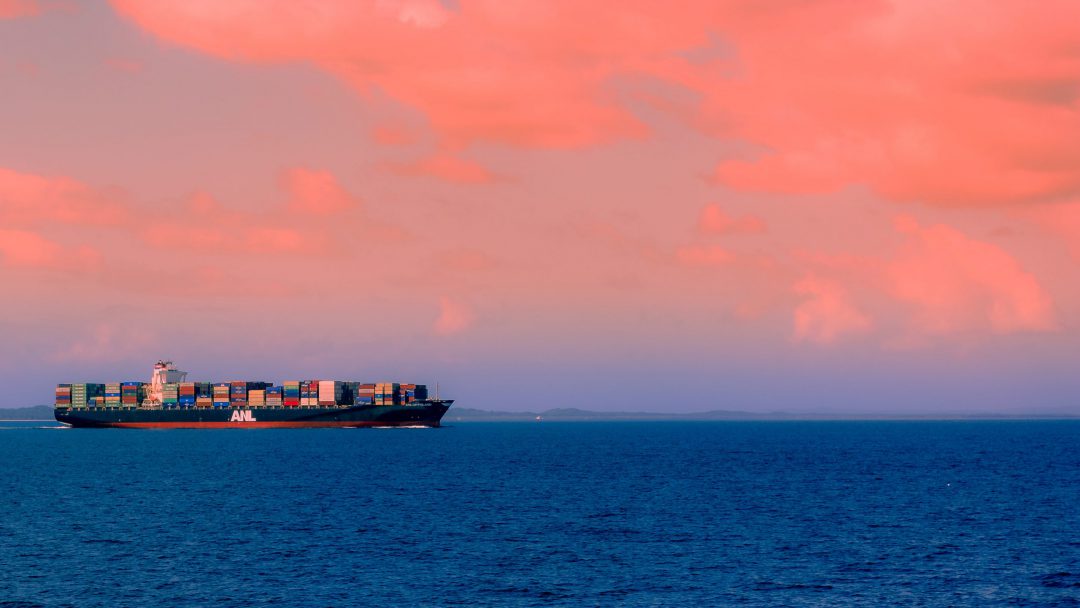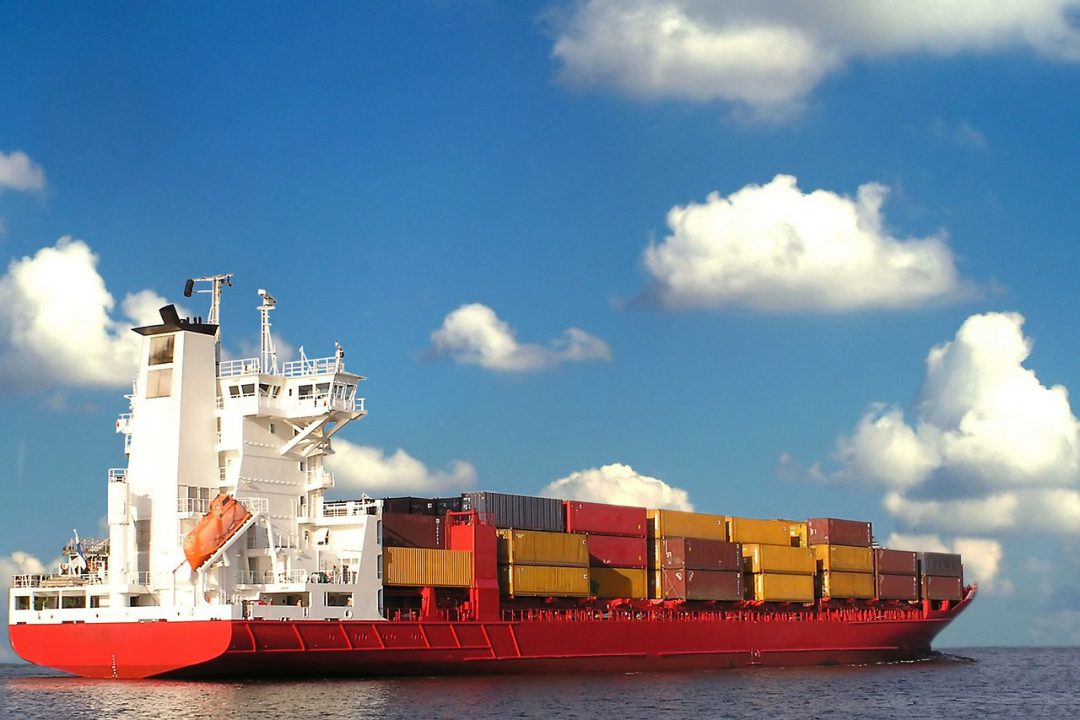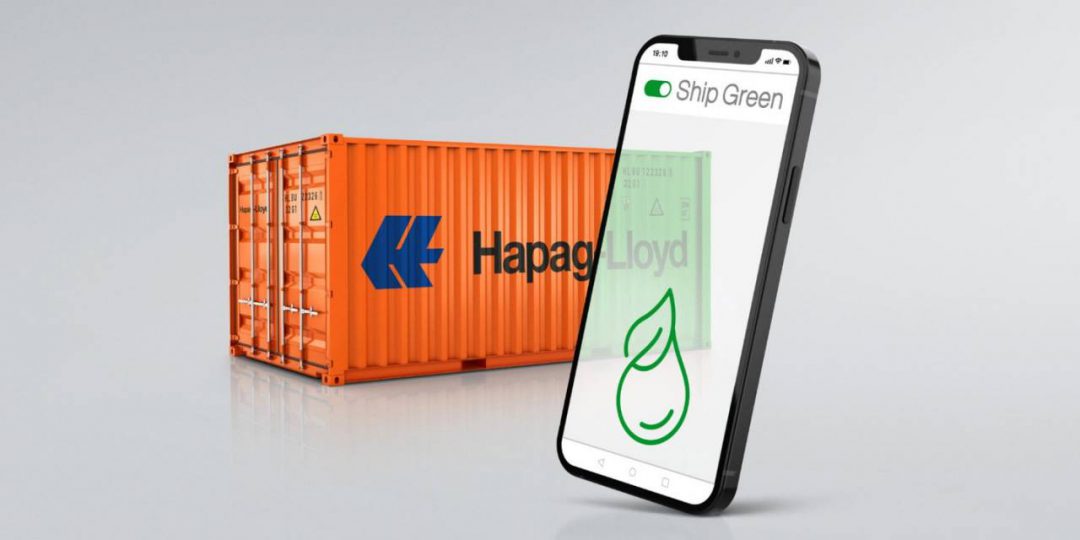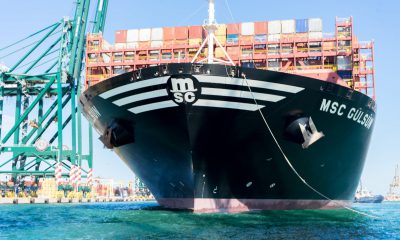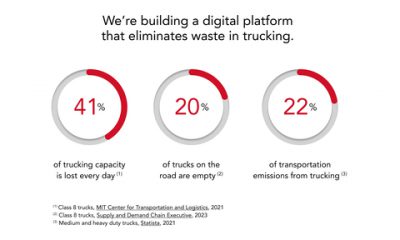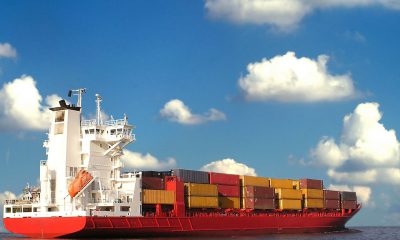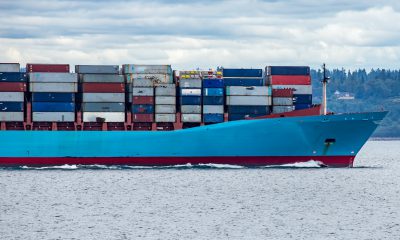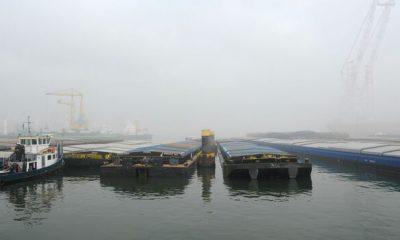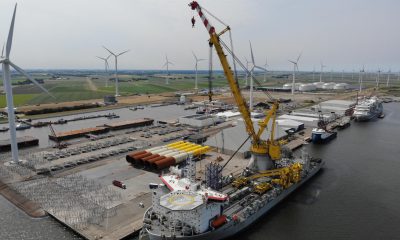PortXchange Products B.V., one of the leading tech start-ups in the maritime domain for predictable and sustainable shipping, has announced a long-term global partnership with BigMile, supplier of software for calculating and analysing transport-related CO2 emissions. Through their combined efforts, the two companies will provide digital solutions to increase transparency of shipping emissions in port areas.
With the growing pressure on the shipping and logistics industries to reduce the emissions footprint, ports are emerging as critical players to drive sustainability efforts. However, most ports currently lack the necessary means to track emissions, which is the first step in developing decarbonization strategies to meet the ambitious reduction targets set by the International Maritime Organization.
By working together, PortXchange and BigMile are ideally positioned to equip ports worldwide with a unique digital service that will allow them to monitor emissions from vessels, road, and rail transport, and help them quantify the impact of their sustainability programmes. “We are excited to partner up with BigMile – the leader in CO2 footprint standardization – and to contribute our vast experience in the maritime industry to this collaboration,” says Sjoerd de Jager, Managing Director of PortXchange.
Enhancing decarbonization through digitalization
Although most shipping emissions occur during the voyage, their negative impact is most directly noticeable in ports because these are usually located close to cities. In fact, around 230 million people are directly exposed to shipping emissions in the world’s top one hundred ports. Digitalization can significantly enhance decarbonization efforts by providing means to calculate and monitor emissions and subsequently implement measures and interventions to reduce emissions.
“With our flagship product called PortXchange Synchronizer, we offer a solution that allows vessels to optimize their sailing speed for just-in-time arrival at the port. This reduces fuel consumption during the voyage and avoids unnecessary waiting time at anchorage, which leads to lower emissions in the port area,” continues De Jager.
“Port authorities can play a significant role in facilitating JIT arrival by supporting data-sharing initiatives and offering incentive schemes such as JIT-induced port fee discounts. There are several examples of such schemes currently being trialled, including at the ports in Rotterdam, Los Angeles Long Beach, Singapore, and Esbjerg. Thanks to the insights provided by the combined digital service from BigMile and PortXchange, the effectiveness of these measures becomes transparent. These insights are critical to underpin the investment strategies for these measures,” he adds.
Supporting targeted operational and strategic decisions
“In this collaboration, our aim together with PortXchange is to encourage and facilitate ports worldwide to map their current footprint so that they can then make targeted decisions to reduce emissions in and around the port. These measures can be either operational, such as optimizing the sailing speed as Sjoerd already mentioned, or strategic in nature, because the multi-modal split of emissions creates a more comprehensive picture of where transport emissions come from. This allows ports to take a holistic approach to port call decarbonization,” states Jan Pronk, Managing Director of BigMile.
Strategic measures could include electrification and the construction of shore power systems, he explains: “Shore power systems can potentially be an important part of the energy transition. If ships turn off their generators and use shore power when they are at the quay, they are a lot less polluting. The BigMile and PortXchange platform can provide insight into how much air pollution a shore power connection can prevent. Right now, ports are facing strategic choices about whether – and if so, where – to install shore power systems.”
BigMile and PortXchange are currently working on their first implementation of this digital service in the Port of Rotterdam. The service will also become available to other ports by the end of this year.
